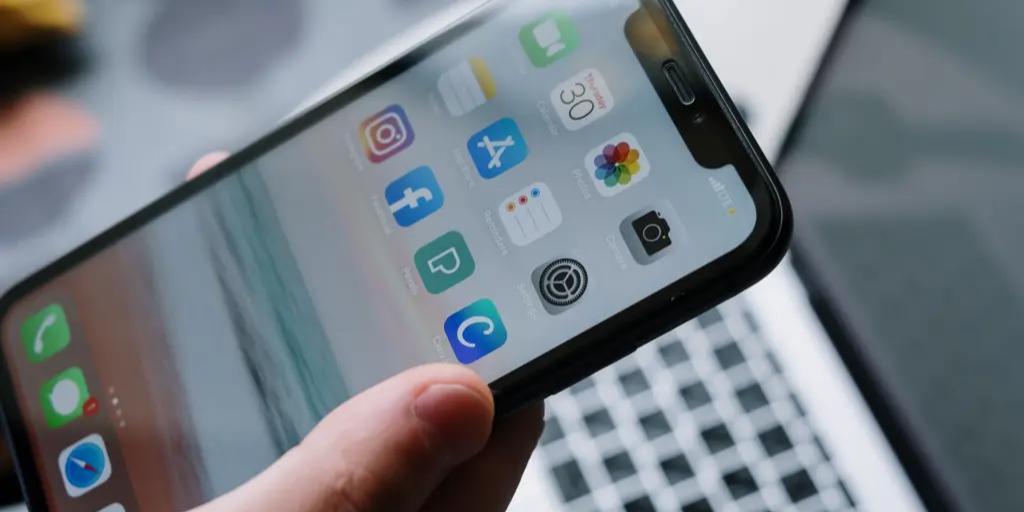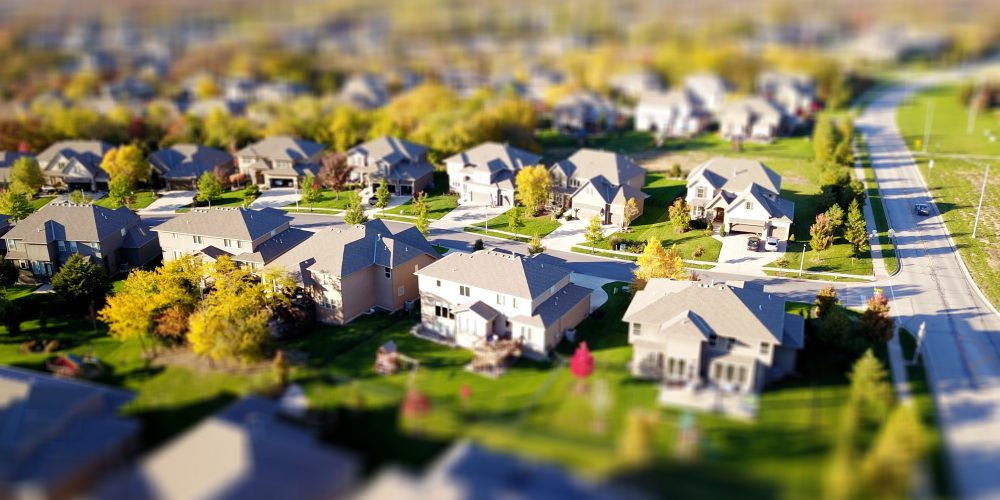Introduction
In an increasingly urbanized and environmentally conscious world, it is essential to rethink the way we move around. In this article, we will discuss various solutions to promote soft mobility and public transport in your municipality.
Why Promote Soft Mobility and Public Transport?
Reduction of Pollution
By encouraging soft mobility and the use of public transport, we contribute to reducing air and noise pollution, thus improving the quality of life for residents. See also our article: Eco-friendly Initiatives to Make Your Municipality Greener and More Sustainable.
Improvement of Health
Regular physical activities, such as cycling or walking, have many health benefits: reducing the risk of cardiovascular diseases, muscle strengthening, improving balance, etc.
Reduction of Traffic Jams
Fewer cars on the road mean fewer traffic jams, which facilitates movement and reduces travel time for everyone.
Implementation of Cycling Paths and Pedestrian Walkways
Cycling Paths
Creating a network of secure and well-maintained cycling paths encourages residents to use bicycles as a mode of transport. It is important to ensure their continuity and accessibility for all users.
Pedestrian Walkways
Developing dedicated, wide, and secure pedestrian spaces facilitates walking and encourages walking as a mode of transport. These areas should be well-lit, accessible to people with reduced mobility, and embellished with benches and green spaces to make them more attractive.
Improvement of Public Transport
Increasing the Frequency of Services
Ensuring a high frequency of public transport reduces waiting time and encourages users to use them instead of their cars. It is also important to offer schedules adapted to the needs of residents (morning, evening, weekend).
Modernization of Transport Means
Investing in modern, comfortable, and ecological vehicles (electric, hybrid, etc.) makes public transport more attractive and contributes to reducing the environmental footprint.
Awareness and Communication
Information and Awareness Campaigns
Informing residents about the benefits of soft mobility and public transport, as well as the different options available in their municipality, is essential to encourage their use.
Financial Incentives
Offering reduced fares or attractive subscriptions for public transport, as well as assistance in purchasing electric bikes or discounts on sharing services, can encourage residents to change their travel habits.
Implementation of Sharing Solutions and Carpooling
Bike-sharing Services
Setting up bike-sharing stations allows residents to borrow a bike for their occasional travel without having to own one.
Carpooling
Encouraging carpooling, for example by arranging reserved parking areas and facilitating the connection of users, helps to reduce the number of vehicles on the road and to share transport costs.
Conclusion
Promoting soft mobility and public transport is beneficial for the environment, health, and quality of life of residents. By setting up suitable infrastructures, communicating about the benefits of these modes of transport, and offering financial incentives, municipalities can encourage their residents to adopt more sustainable practices.
FAQ
What is soft mobility?
Soft mobility includes all non-motorized or low-polluting modes of transportation, such as walking, cycling, scooters, etc.
How to encourage residents to use public transport?
Offering attractive fares, improving the quality and frequency of services, and communicating about the benefits of public transport are all ways to encourage residents to use them.
What are the advantages of carpooling?
Carpooling helps to reduce the number of vehicles in circulation, share transport costs, and promote exchanges between residents.
How to make pedestrian spaces more attractive?
Creating wide, secure, well-lit, and accessible spaces for people with reduced mobility, and embellishing them with benches and green spaces, makes pedestrian areas more attractive.
What is the environmental impact of promoting soft mobility and public transport?
By encouraging soft mobility and the use of public transport, we contribute to reducing air and noise pollution, lowering greenhouse gas emissions, and improving air quality and the health of residents.



